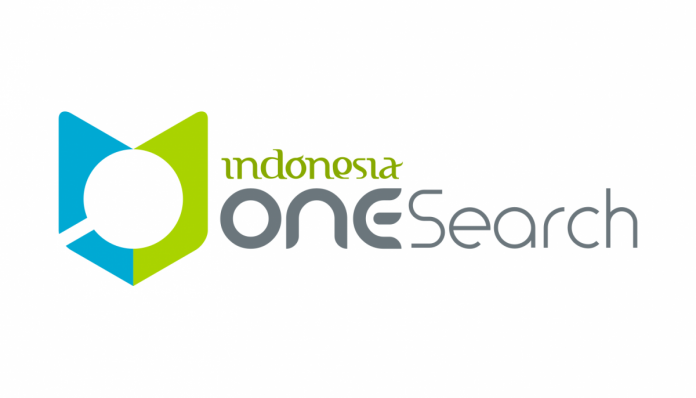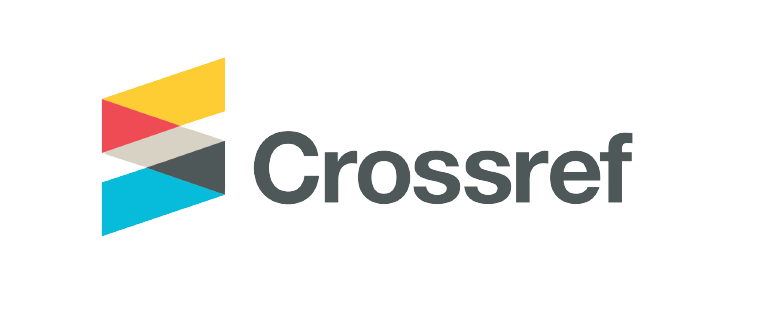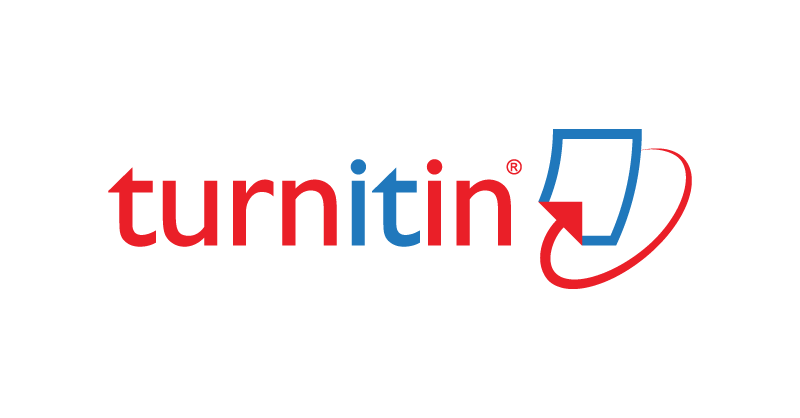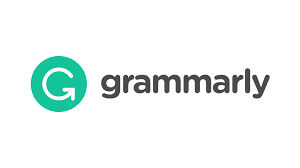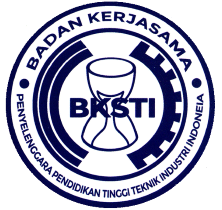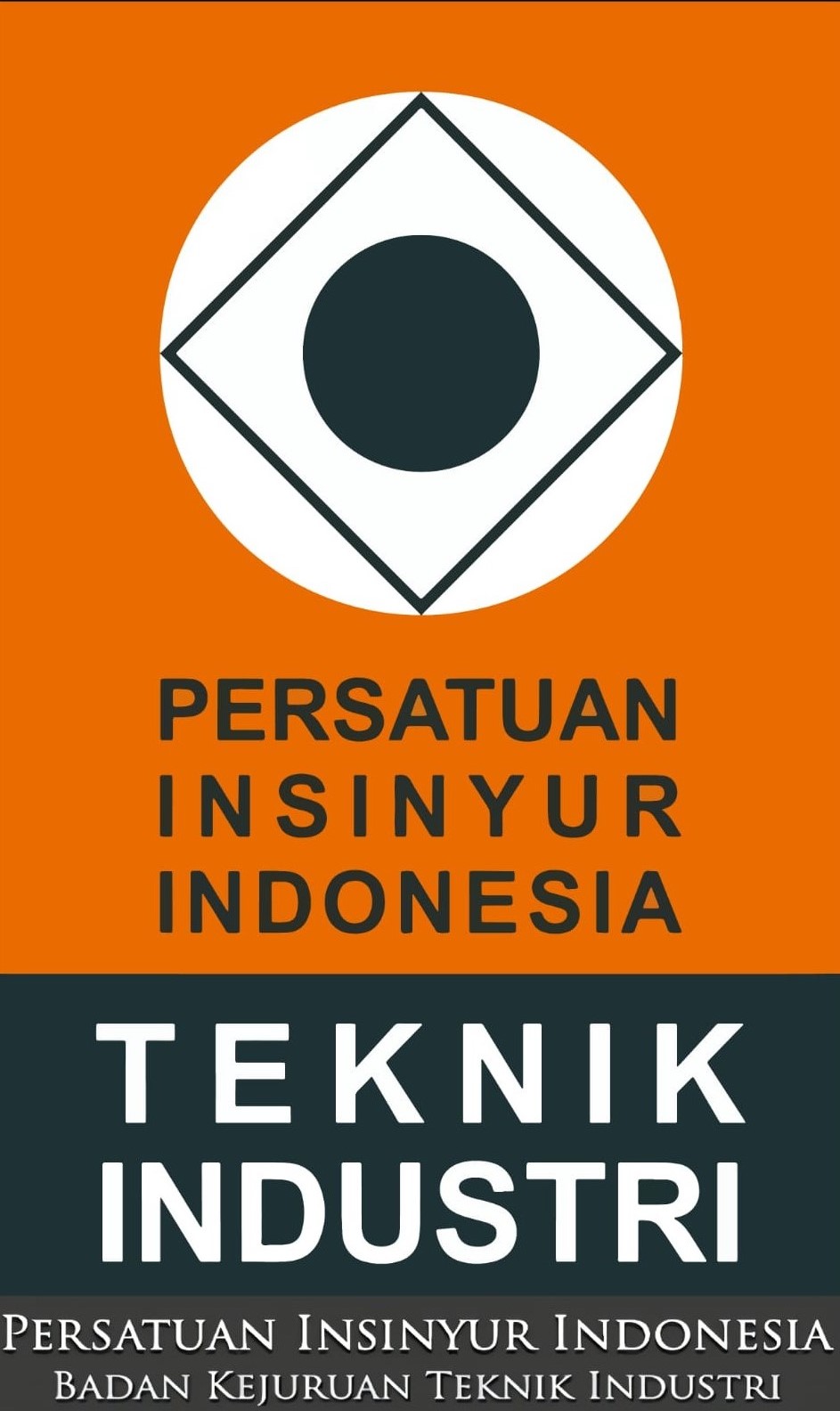Design of Corrugated Cardboard Product Delivery Allocation Model by Considering Heterogeneous Fleet and Multi Product
DOI:
https://doi.org/10.32734/jsti.v27i2.19092Keywords:
Capacitated Vehicle Routing Problem, Delivery Allocation, Freight Utilization, Genetic Algorithm, Heterogenoeus FleetAbstract
Manually planning truck usage by estimating the right fleet selection, as well as considering capacity, delivery zones, and variations in demand, often results in inaccuracies. This inaccuracy has an impact on fleet utilization that is not yet optimal, characterized by low capacity used for each trip and the presence of fleets that are idle at certain times. Apart from that, inappropriate delivery allocation planning and less than optimal fleet utilization also affect delivery timeliness. This research proposes a delivery allocation model to solve the Capacitated Vehicle Routing Problem (CVRP) problem using a Genetic Algorithm (GA) implemented within the Multi-Objective Evolutionary Algorithm (MOEA) Framework. The model is designed to address CVRP by considering heterogeneous vehicle fleets, product variability, and diverse delivery destinations. The chromosome representation in the model describes the sequence of customer visits by the available fleet, while the fitness function is focused on minimizing the total traveled distance in order to maximize the efficiency of vehicle capacity utilization. Based on test results at PT In addition, this model succeeded in reducing the number of fleets used by up to 50%.
Downloads
References
M. T. Sembiring, M. Z. Hadi, J. Tanuwijaya, and I. Budiman, “A shortest route metaheuristic method for oil palm Fresh Fruit Bunch (FFB) transportation based on genetic algorithm: A case study in PTPN III Indonesia,” MATEC Web Conf., vol. 197, 2018, doi: 10.1051/matecconf/201819714011.
B. Villarreal, J. A. Garza-Reyes, and V. Kumar, “Lean road transportation – a systematic method for the improvement of road transport operations,” Prod. Plan. Control, vol. 27, no. 11, pp. 865–877, 2016, doi: 10.1080/09537287.2016.1152405.
T. D. Januarny and C. Harimurti, “Pengaruh Tata Letak Gudang Terhadap Kelancaran Produktivitas Bongkar Muat Di Gudang Pt. Nct,” J. Logistik Indones., vol. 5, no. 1, pp. 55–64, 2020, doi: 10.31334/logistik.v5i1.1185.
D. . Bowersox, Supply Chain Logistics Management. s.1:McGraw-Hill, 2003.
B. Bovaci, K. G. Zografos and N. Geroliminis, “An intergrated optimization-simulation framework for vehicle and personnel relocations of electric carsharing systems with reserations, “ Transp. Res. Part B Methodol, Vol 95, pp. 214-237, 2017, doi: 10.1016/j.trb.2016.10.007.
J. Chocholac, D. Sommerauerova, M. Svab, A. Jiraskova, and M. Polak, “Logistic technologies for tracking manufactured passenger cars on consolidation areas: Interpretative case study,” Transp. Res. Procedia, vol. 53, no. 2019, pp. 266–273, 2021, doi: 10.1016/j.trpro.2021.02.034.
R. Guisson, A. De Meyer, G. Storme, and D. De Vylder, “The impact of a consolidation hub on the logistics of construction materials,” Transp. Res. Procedia, vol. 72, no. 2022, pp. 2409–2416, 2023, doi: 10.1016/j.trpro.2023.11.738.
R. Dupas, J. C. Deschamps, E. Taniguchi, A. G. Qureshi, and T. Hsu, “Optimizing the location selection of urban consolidation centers with sustainability considerations in the city of Bordeaux,” Res. Transp. Bus. Manag., vol. 47, no. January 2022, 2023, doi: 10.1016/j.rtbm.2022.100943.
P. A. Wicaksono and L. Kusniawati, “Optimasi Rute Pengiriman Bahan Baku CKD Part dengan Pendekatan Capacitated Vehicle Routing Problems (CVRP) DI PT XYZ,” Ind. Eng. Online J., vol. 12, no. 4, pp. 1–14, 2023.
H. A. Taha, Operation Research An Introduction, Tenth. Pearson, 2017.
C. S. Wasson, System Engineering Analysis, Design, and Development, Second. Wiley, 2016.
A. . Fallis, 50 Years of Integer Programming, vol. 53, no. 9. 2013.
A. Hassanat, K. Almohammadi, E. Alkafaween, E. Abunawas, A. Hammouri, and V. B. S. Prasath, “Choosing mutation and crossover ratios for genetic algorithms-a review with a new dynamic approach,” Inf., vol. 10, no. 12, 2019, doi: 10.3390/info10120390.
A. Király and J. Abonyi, “Optimization of Multiple Traveling Salesmen Problem by a Novel Representation based Genetic Algorithm,” pp. 315–326.
C. Lamini, S. Benhlima, and A. Elbekri, “Genetic algorithm based approach for autonomous mobile robot path planning,” Procedia Comput. Sci., vol. 127, pp. 180–189, 2018, doi: 10.1016/j.procs.2018.01.113.
J. Zhang, H. S. H. Chung, and W. L. Lo, “Clustering-based adaptive crossover and mutation probabilities for genetic algorithms,” IEEE Trans. Evol. Comput., vol. 11, no. 3, pp. 326–335, 2007, doi: 10.1109/TEVC.2006.880727.
J. Muñuzuri, L. Onieva, P. Cortés, and J. Guadix, “Using IoT data and applications to improve port-based intermodal supply chains,” Comput. Ind. Eng., vol. 139, no. January 2019, p. 105668, 2020, doi: 10.1016/j.cie.2019.01.042.
Downloads
Published
How to Cite
Issue
Section
License
Copyright (c) 2025 TALENTA Publisher Universitas Sumatera Utara

This work is licensed under a Creative Commons Attribution-ShareAlike 4.0 International License.
The Authors submitting a manuscript do so on the understanding that if accepted for publication, the copyright of the article shall be assigned to TALENTA Publisher Universitas Sumatera Utara as the publisher of the journal.
Copyright encompasses the rights to reproduce and deliver the article in all forms and media. The reproduction of any part of this journal, its storage in databases, and its transmission by any form or medium will be allowed.







